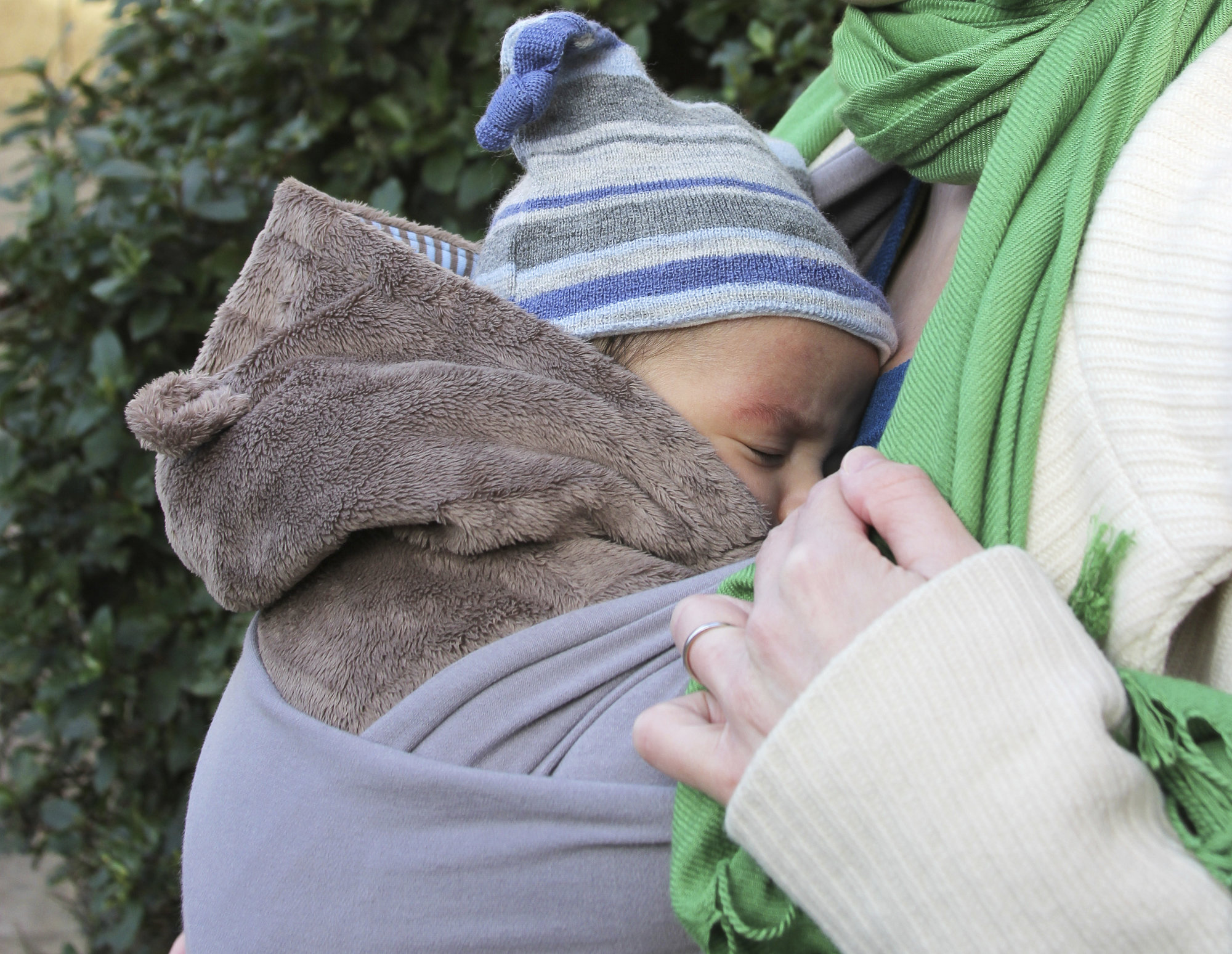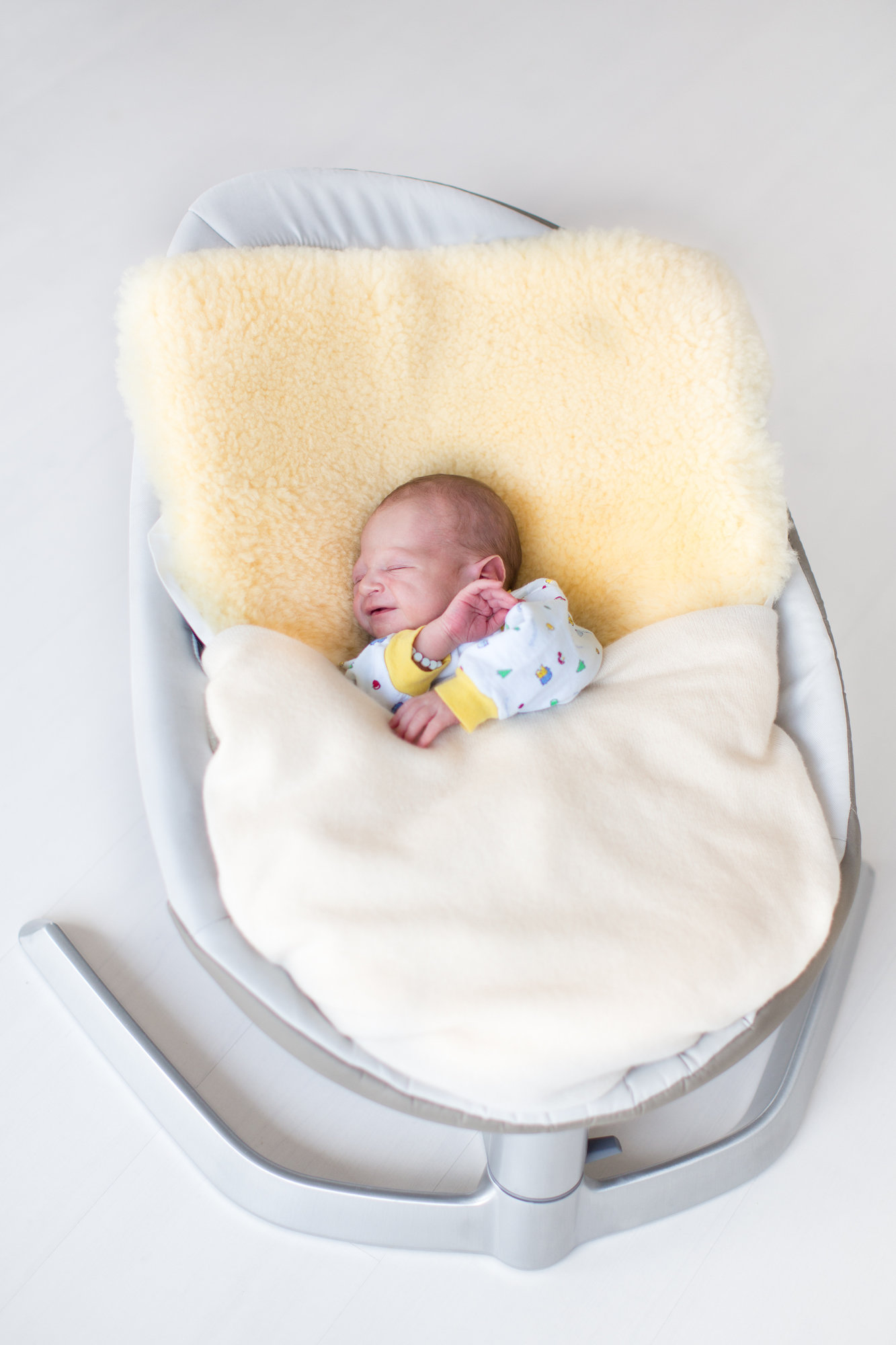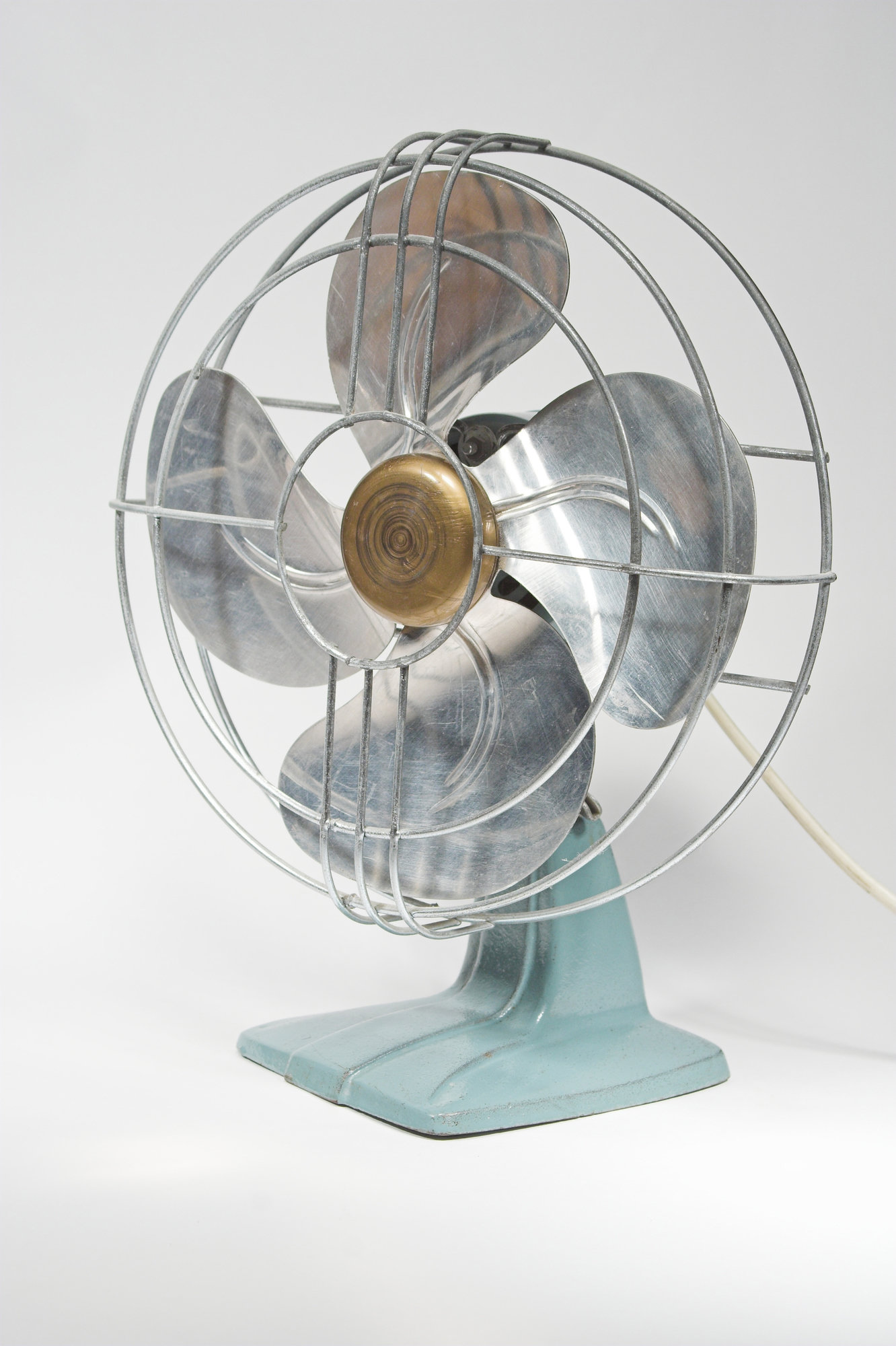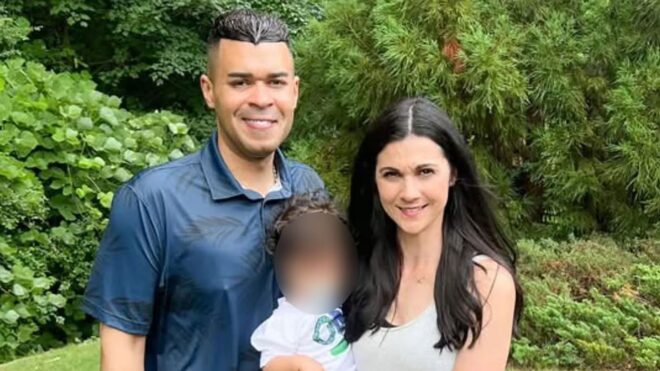When most parents think of sleep training, they imagine enduring nights of hysterical baby cries and they fear doing some sort of irreparable damage. "Gentle" or "no-cry" methods may be the answer to your sleep-deprived prayers.
And if you're not interested in sleep training at all, we have ideas for you too.
Readmore ¿Qué más?: I've finally made peace with my baby's sleep habits
Why: The Importance of Sleep

Once a new parent hits the point of sleep deprivation, the importance of sleep starts to become pretty obvious. But other than the fact that you might be walking around like a zombie, sleep is incredibly important for your baby's development. According to the National Sleep Foundation, adequate sleep is an important part of mental and physical development. So helping your baby get the sleep she needs should be a priority for everyone.
Why: Time In

Babies need a lot of sleep. Depending on age, we're talking 13-16 hours within each 24-hour period through the toddler years. Most infant sleep experts agree that sleep begets sleep, so the first place to start is to make getting the appropriate amount of sleep for her age a priority. You may have to sleep with your baby or use sleep props to achieve this. Once your child is consistently well rested, you can move on to teaching her how to sleep on her own.
Assist: Wear Your Baby

Babywearing is appropriate for all ages of babies and toddlers. But it can be especially useful in the early months when your baby wants to be held all the time but you need your hands free to get stuff done around the house or tend to another child. Just be sure to use a good quality carrier and to follow the instructions carefully to ensure your baby's safety.
Assist: Use a Transitional Object

Once your baby is capable of rolling over both ways and turning his head from side to side, you might consider introducting a transitional object during sleep times. A lovey, a small blanket, or even a piece of your own clothing, can be quite comforting to babies who just want to sleep close to something soft and warm.
Assist: Swing Naps

Some babies like to be in constant motion when they're sleeping because it reminds them of being in the womb. A swing or bouncy seat can simulate the feeling and make for better infant naps. Your baby will eventually outgrow such devices, so you'll have to deal with weaning from it at some point, but it's a useful too to get you through at least part of the day. Try to avoid it at night though, since they can be dangerous for longer stretches of sleep, during which the parents are also asleep and not paying attention.
Assist: White Noise

White noise is a great tool for getting kids to fall asleep and stay asleep. It can be incorporated into a sleep routine as a cue to let babies know that it is time to sleep, and it will also help block out any noises that may wake baby prematurely. You can run a fan or a humidifier, buy a dedicated white noise machine or use an app on your tablet or phone.
Teach: Routine

After your baby's first month or two of life, you may want to consider getting him into a daily routine. I'm a big fan of the "Eat, Wake, Sleep" routine which has a long-term goal of getting your baby to fall asleep independent of a feeding, so not at the breast or with a bottle. The baby has a feeding, has an appropriate amount of awake/play time then goes to sleep either on his own or with your help (not a feeding). This sort of routine lets your baby know what to expect when and will help you anticipate your baby's need with less crying and guesswork.
Teach: Rituals

Start doing the same things before each nap and every night at bed time. Your baby will come to know these rituals as sleep signals and will learn that it is time to wind down and rest. For example, for naps we always read stories, sing a few songs and rock for a few minutes in a dimly lit room before laying down. At bedtime, we read a story, pray, sing songs and nurse making the room progressively darker as we go. Baby knows what to expect and will learn to react accordingly.
Teach: Modified Extinction

Unlike the cry-it-out version of extinction, the gentle method involves gently removing parental presence from the sleep equation over a period of time. For instance, if you usually sleep in bed with your baby, you will gradually spend less and less time in bed together until your baby eventually learns to fall asleep on her own; if you rock or nurse your baby to sleep at bed time and every time she wakes at night, you will gradually cut down the length of time you do these things over a period of days or even weeks, until she can fall asleep without it. Be consistent and patient in your efforts, and your baby will eventually learn to self soothe and you'll both get a bit more shut eye.




